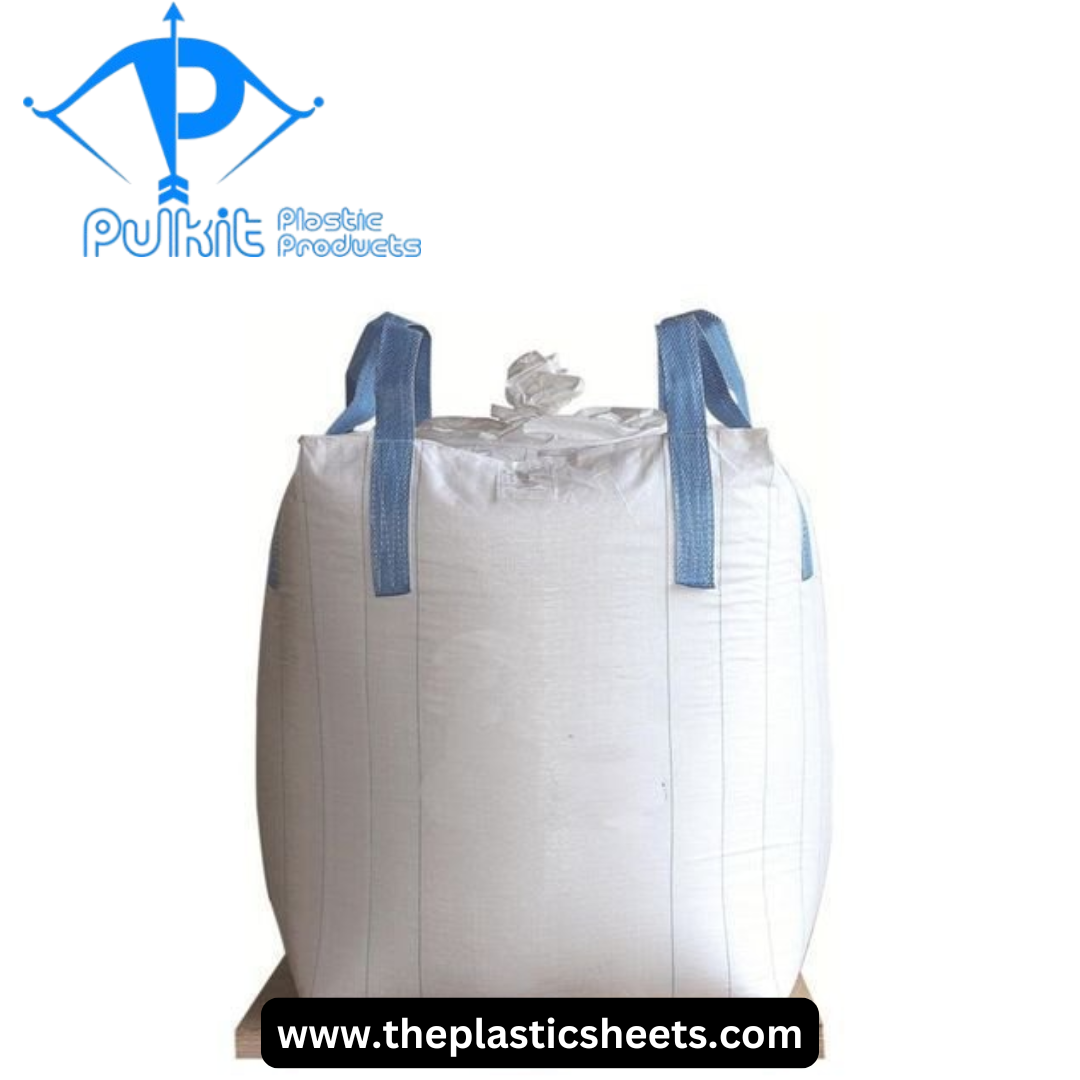When it comes to designing a custom logo for patches, color plays a pivotal role in making your design pop, communicate your brand’s personality, and ensure it stands out. Whether you’re designing a patch for a military unit, a sports team, a brand, or a club, the right color scheme can elevate your logo from good to great. But, how do you ensure perfect color matching for your custom patches? Let’s explore some tips to help you get it right.
1. Understand the Importance of Color Psychology
Before diving into color choices, it’s essential to understand the psychology behind colors. Each color evokes different emotions and associations. When designing a logo for a patch, consider what emotions or messages you want the patch to convey.
- Red: Energy, passion, action
- Blue: Trust, calm, professionalism
- Green: Growth, balance, nature
- Yellow: Optimism, creativity, attention
- Black: Power, elegance, authority
- White: Purity, simplicity, clarity
By choosing the right colors, you can communicate the essence of your brand or group even before anyone reads your logo. So, match your colors with the values and image you want to project.
2. Use a Limited Color Palette
One of the keys to perfect color matching is simplicity. Using too many colors in your logo can make it cluttered and hard to reproduce, especially in smaller sizes. It’s a good idea to stick to two to four colors to ensure a clean, cohesive look. The best logos are often simple yet memorable.
- Contrast is essential: Use contrasting colors to ensure visibility, especially if your patch will be worn on varied backgrounds.
- Accent colors: If you’re using a dominant color, introduce one or two accent colors to add vibrancy and balance to the design.
3. Choose Colors That Translate Well to Fabric
Not all colors look the same when printed or embroidered on fabric. Fabrics, especially those used in patches, can slightly alter the appearance of colors. For instance, certain shades of blue may look darker on fabric, while reds might appear brighter.
When choosing colors for your patch, make sure you’re considering how the colors will look on the actual patch material, which may be twill, canvas, or other fabrics. Test your design on a sample patch if possible to ensure the colors match your expectations.
4. Use Pantone Color Matching System (PMS)
For consistent and accurate color matching, Pantone is the gold standard. The Pantone Matching System (PMS) offers a standardized system for identifying and communicating colors across different mediums.
By selecting a specific Pantone color, you ensure that your custom patch manufacturer uses the same shade, whether you’re producing a small batch or scaling up to thousands of units. Pantone colors are also ideal for ensuring your logo’s colors will look the same on any patch material and under any lighting condition.
5. Consider Fabric and Thread Texture
Embroidery is the most common technique used for custom patches. However, the texture of the fabric and the thread type you choose can impact the final look of the colors.
- Shiny threads: Metallic threads can add a bold, reflective shine to your patch design but may alter how the color appears.
- Matte threads: These tend to provide a more subdued and uniform color representation.
- Thread thickness: Thicker threads may make the color appear slightly darker or richer, while thinner threads can give a more delicate and lighter effect.
Always ensure that the texture of the thread complements your color choices. A glossy gold thread on a matte background may create a nice contrast, but a matte gold thread may blend too much into the background.
6. Factor in Different Lighting Conditions
The lighting under which your patch will be viewed can influence how the colors appear. Natural light, fluorescent light, and even dim lighting can affect the perception of colors. For patches worn outdoors, make sure your color choices are visible in a variety of lighting conditions.
For example, bright colors like neon greens or oranges stand out well in daylight, while darker colors like navy blue or black can sometimes fade into the background in low-light situations. Opt for colors that maintain contrast and legibility in both bright and dim environments.
7. Create Mockups and Test Samples
Once you’ve settled on your color choices, create mockups of your logo to visualize how it will appear on the patch. You can use design software like Adobe Illustrator or Photoshop to generate a digital version of your patch.
Better yet, ask your patch manufacturer to create a sample of the patch before you go into full production. This allows you to test how the colors actually translate to fabric, giving you an opportunity to make any necessary adjustments before your final order is produced.
8. Consider Cultural and Regional Sensitivity
In some cases, colors may carry specific cultural or regional meanings. For instance, certain colors may be associated with political movements, religious symbols, or national identity. If your patch design is intended for a specific audience, ensure that the color choices do not unintentionally convey a message that could be misunderstood or misinterpreted.
Do some research into the meanings of colors in the context of your target audience to avoid any potential issues.
9. Use Software Tools for Accurate Matching
There are several digital tools available that can help you match colors more accurately and visualize how they’ll look in real life. Online tools such as Adobe Color or Coolors allow you to generate complementary color schemes and explore different hues, tones, and saturations. These tools can also provide RGB and HEX codes, which can be used to communicate your color choices to manufacturers.
10. Work Closely with Your Patch Manufacturer
Collaboration is key. A good patch manufacturer can offer valuable advice on which colors work best for your design, especially in terms of fabric and thread options. Don’t hesitate to ask for their input or for sample patches with different color combinations. After all, they have experience with how colors perform in the real-world patch-making process.
Conclusion
Perfect color matching for custom logos on patches requires careful thought and attention to detail. By understanding color psychology, selecting a limited color palette, considering fabric and lighting conditions, and using standardized color systems like Pantone, you can ensure that your patch design comes to life in vibrant, accurate colors.
When in doubt, always create a sample and test it. And remember, the goal is not just to create a patch that looks good — it’s to create one that resonates with its audience and stands the test of time.



